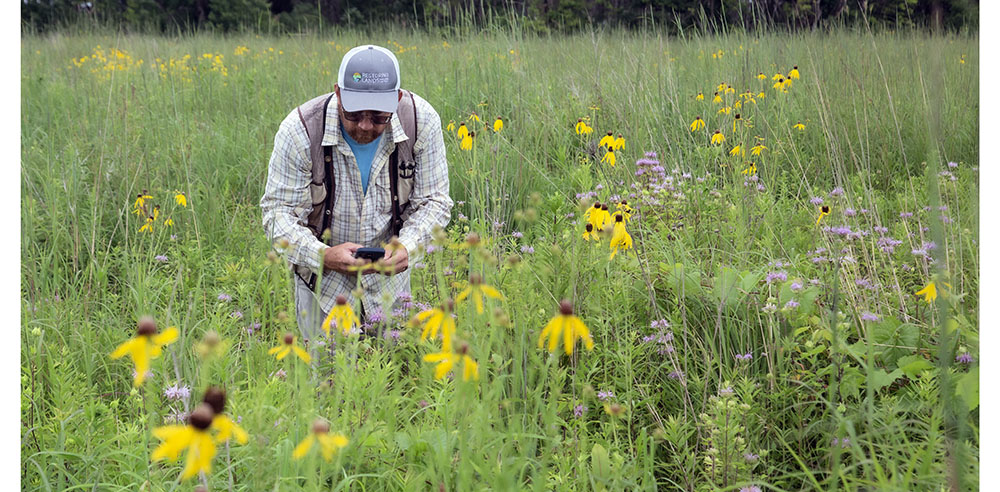
Fellenz Woods BioBlitz 2025
September 16, 2025 | Topics: Events, Places
A community science event held on July 24th, 2025 with the help of Restoring Lands staff and community volunteers.
By Jake Mikic
Photography by Eddee Daniel
Located less than a five-minute drive from West Bend’s East and West High Schools lies Fellenz Woods, a nature preserve owned and actively stewarded by Restoring Lands: a Wisconsin Land Trust. Nestled into a crook in the Milwaukee River, Fellenz Woods contains virgin floodplain forests, native hardwoods, managed prairies, and natural springs. This beautiful preserve is an essential habitat for many kinds of amphibians, water fowl and other migratory birds, along with a plethora of other creatures. With relaxing trails and wonderful views, Fellenz Woods is a great place to go hiking, fishing, cross-country skiing and bird watching. To me, Fellenz Woods is also a living museum, showing those who look carefully a peek into the past, a view of our present, and a glimpse into the future.
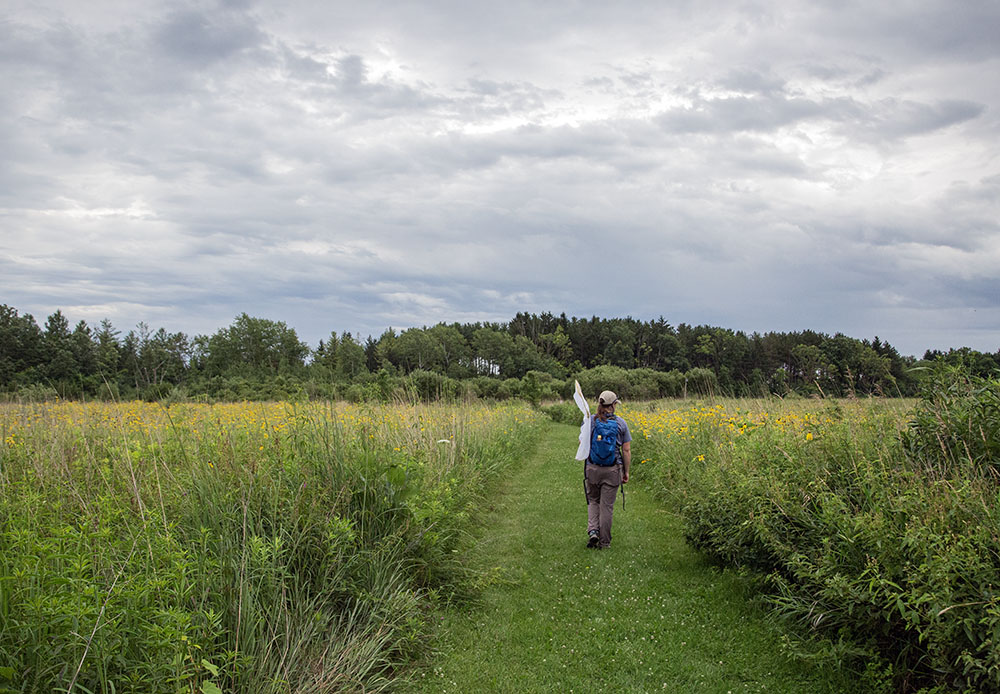
This summer I had the honor of running a BioBlitz with Restoring Lands at Fellenz Woods. A BioBlitz is a community science event during which volunteers seek to record as many different species as possible within a set time and location in order to help catalogue the amazing flora and fauna living at the site. More than 25 volunteers, including several Restoring Lands staff, came out to help us record more than 225 different species with little more than the cell phones in their pockets. Gathering this data enables the land stewards to get an idea of how their conservation and restoration is going and helps to inform future plans for the site.
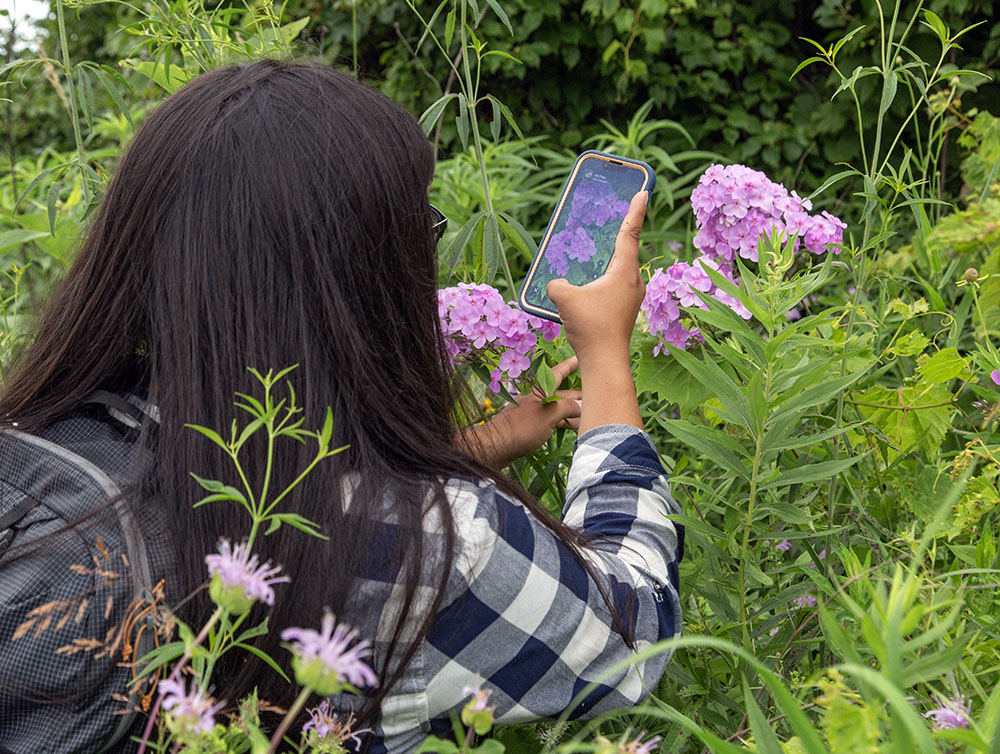
Past
We began our day with a few words on the history of the site Ryan Wallin, Restoring Lands’ Stewardship Director. He explained that this once expansive hardwood forest area was historically a great blue heron rookery, hosting the communal nests of likely dozens of pairs of these majestic birds. Among the hardwood trees are bur oaks, the northern most species of oak native to North America. These trees can live in excess of 500 years, meaning that some of the oaks on this property could have been standing up to several hundred years pre-colonization. Bur oaks are extremely versatile and act as keystone species in a number of different environments; for example, acting as super canopy trees in forests and as savanna trees in prairies.
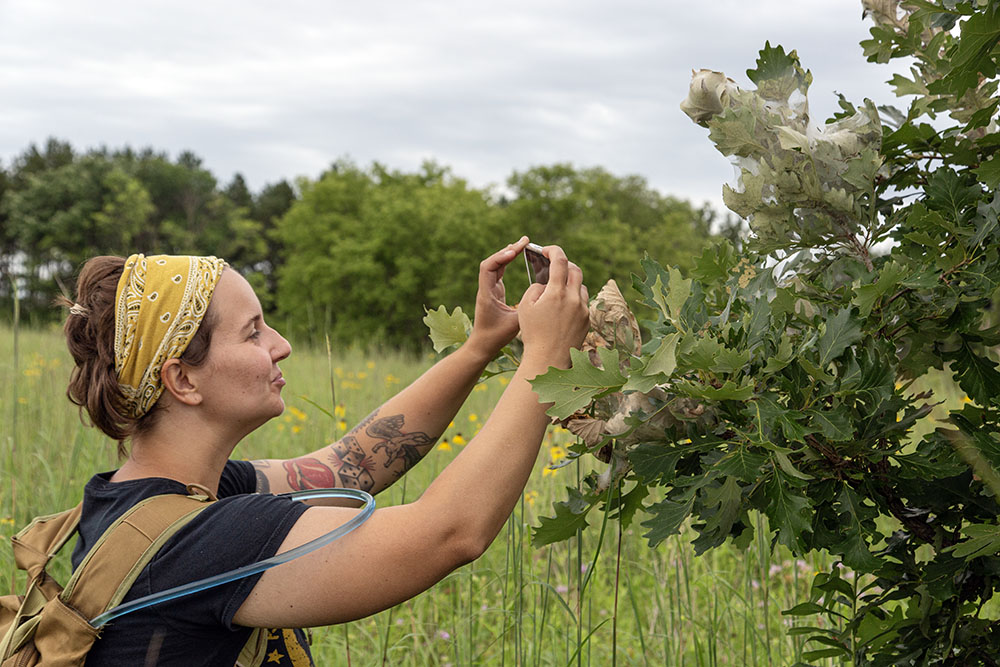
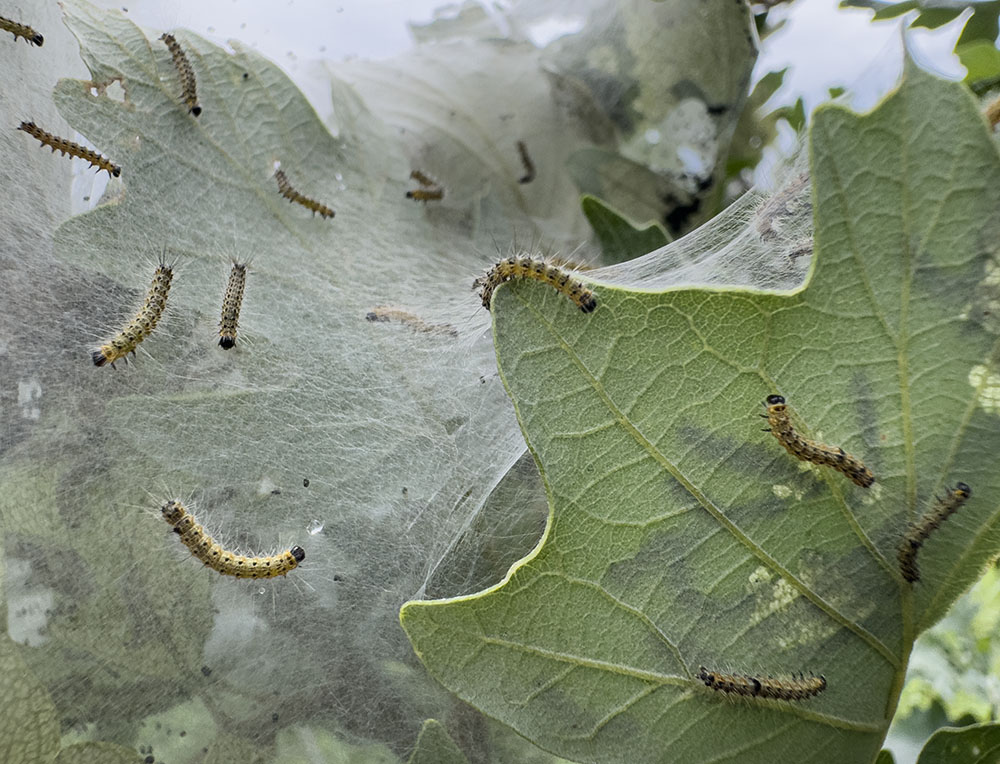
Oak savannas were once a dominant feature of Southern Wisconsin. Oaks are relatively fire tolerant and many prairie plants are similarly resilient. Some even require fire for their life cycles. One of the important prairie plants we found was big bluestem, a grass that typifies the American tall grass prairie from the Atlantic to the Rockies. Today America’s prairies are among the nation’s most damaged ecosystems; only about five percent of their original land coverage remains. Restored prairies like this one, which was established at Fellenz Woods in 2002 on former farmland, help protect against flooding and erosion, and act as natural carbon sinks by trapping carbon in their vast root and sod systems.
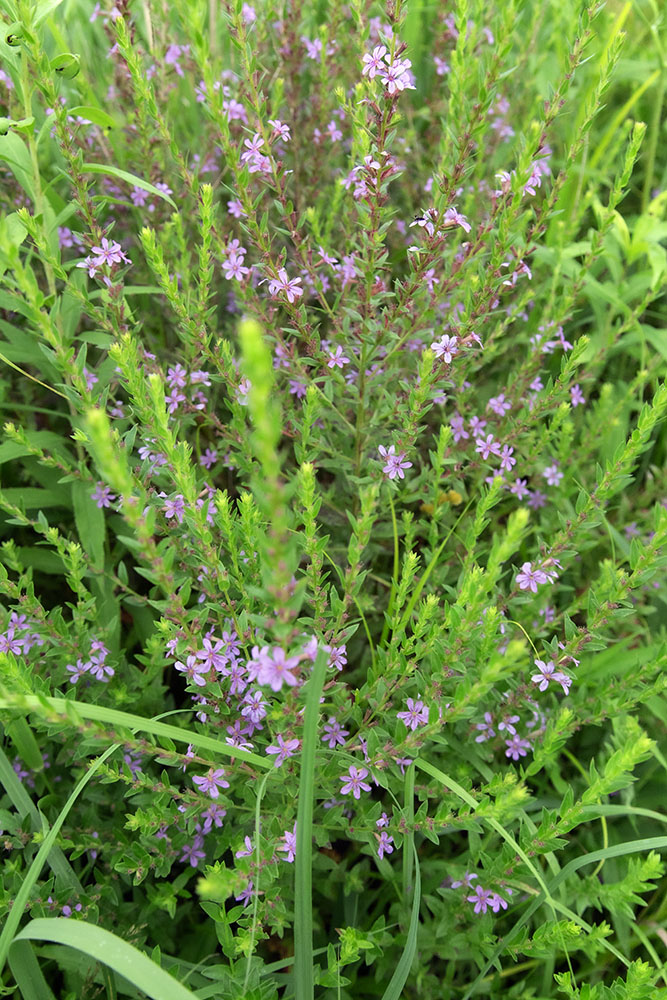
Present
Owned and stewarded by Restoring Lands, 160-acre Fellenz Woods includes approximately one and a half miles of undeveloped Milwaukee River frontage. It is abutted by private homes, a dog kennel, and the West Bend Municipal Airport. The land stewards with Restoring Lands are currently working on restoring much of the open land on the preserve back into its former state as a hardwood forest. This process requires diligent species selection and thoughtful placement of new tree plantings in concert with the time-consuming removal of aggressive invasive species. Due to FAA regulations on the height of plants directly in the paths of runways, a significant portion of the preserve must remain carefully managed prairie for at least as long as the airport remains in use. While the site originally may not have been the mix of the two ecosystems we see today, land restoration and conservation is about balancing both the restoration of what once was with what is possible for the future.
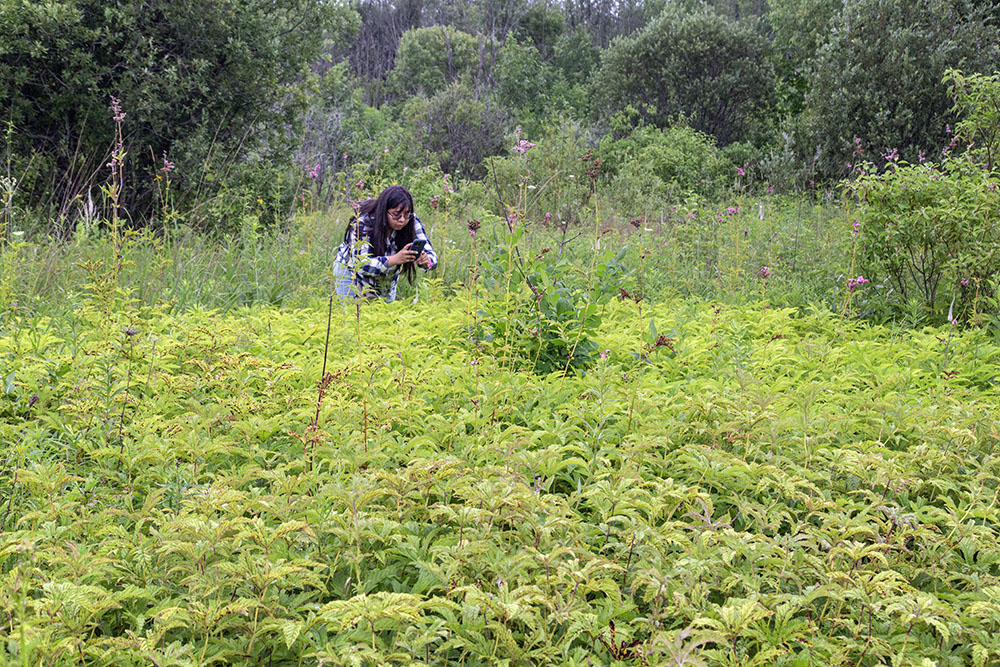
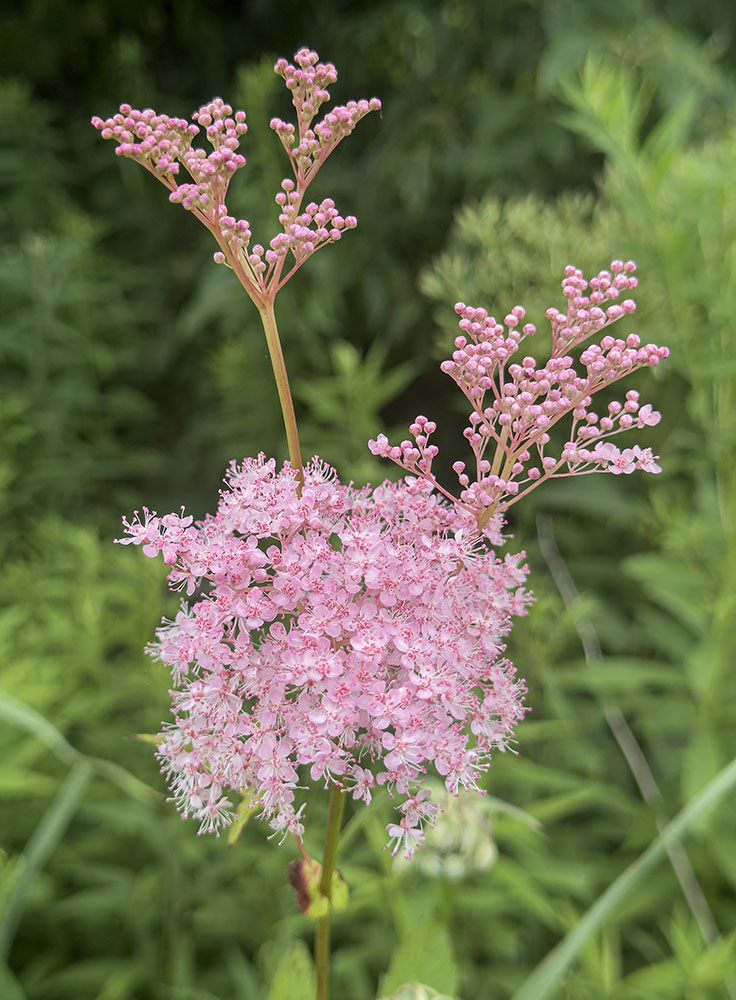
Future
To paraphrase an oft misappropriated proverb, a society becomes great when people plant trees that they will not live to sit in the shade of. This quote can be applied to a lot of the work that we do in land restoration. When we plant seeds and saplings, both literal and figurative, we don’t do it for ourselves, but for the generations to come. While it only takes moments to fell a tree with a chainsaw, it can take lifetimes for one to be truly replaced. Today’s newly planted forests are the old growth forests of future generations. The twiggy, little spindles of bur and white oak that the land stewards put in the ground today may feasibly still be standing in the mind-bogglingly distant year of 2500.
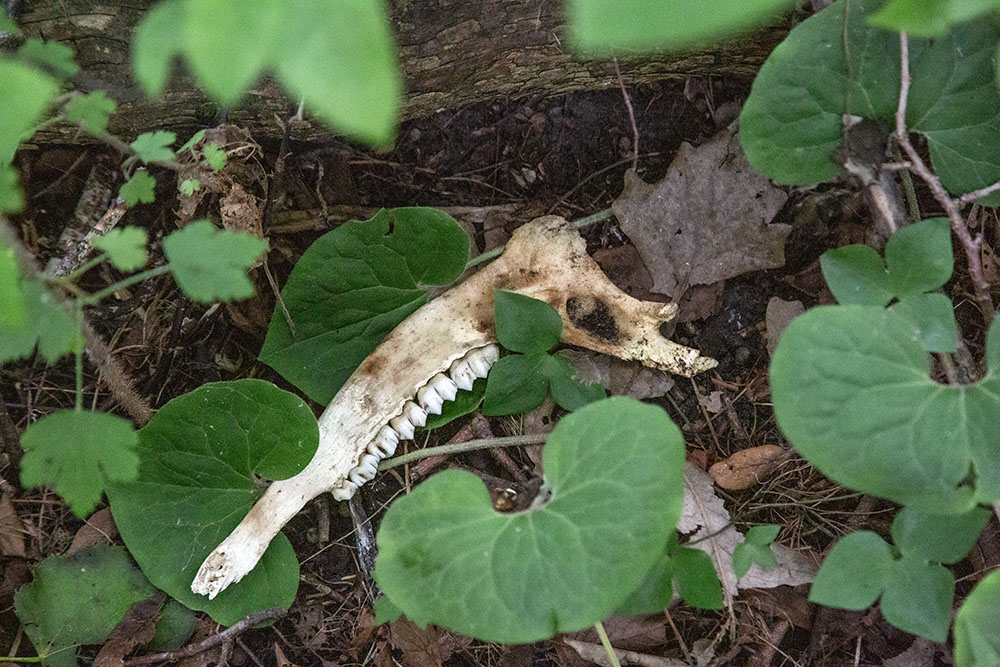
Restoring Lands is an organization of stewards; stewarding the land, stewarding community, and stewarding the next generation of conservation professionals. One of the truest joys of running the BioBlitz was getting to work with this year’s cohort of Restoring Lands high school interns and planting those metaphorical seeds with the next generation.
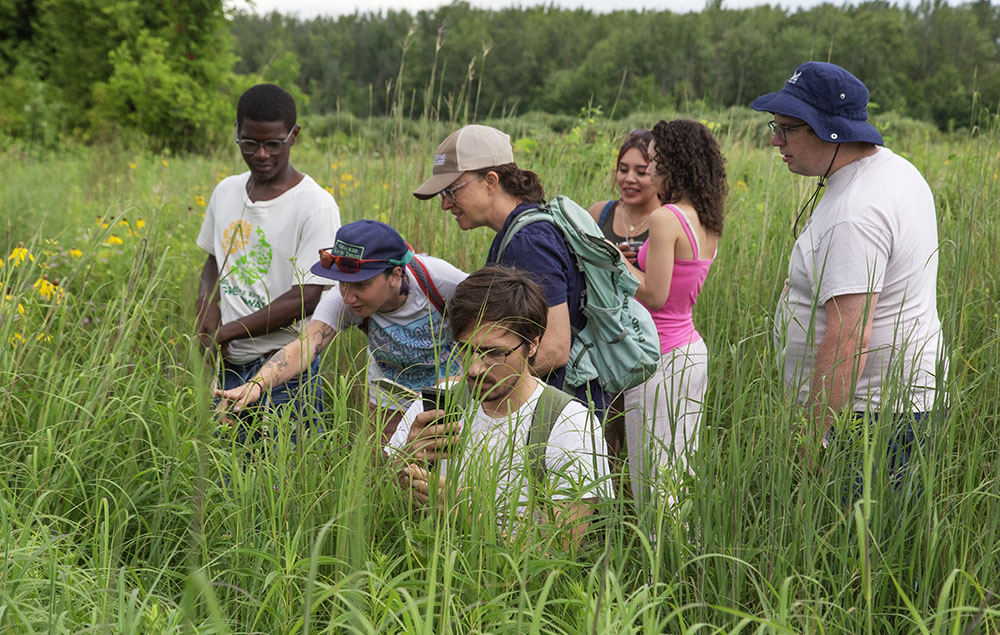
Led by the Restoring Lands community conservation coordinator, Karina Gonzales, a group of high school students and recent high school graduates got hands-on experience working in the field, meeting and networking with organizations, and career exploration. For some young people, opportunities like this are the first steps on a lifelong journey with nature and for others it might just be the context to understanding why preserves like Fellenz Woods matter so much.
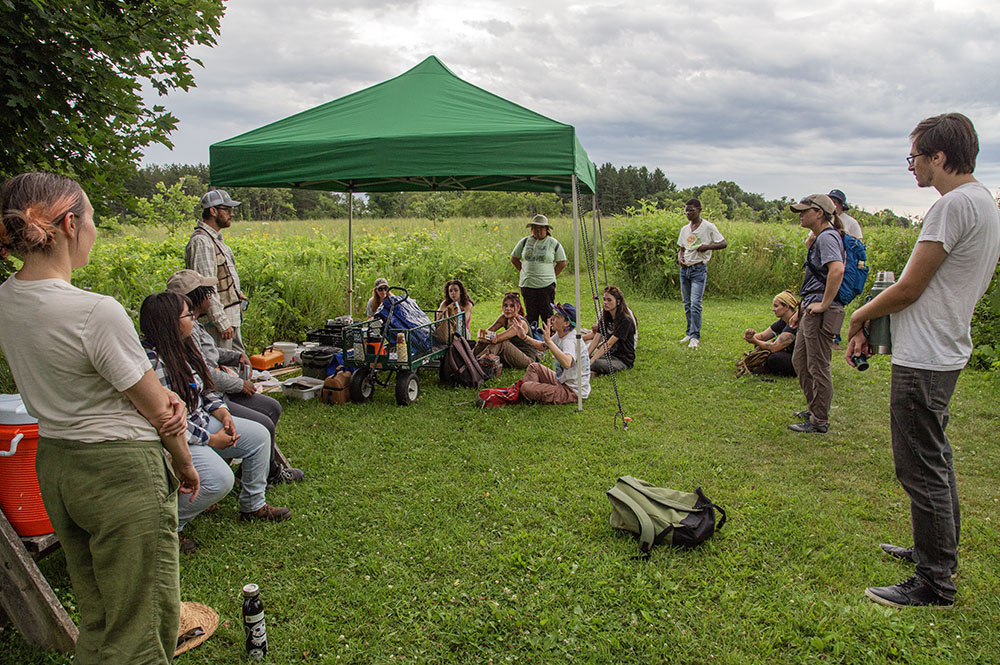
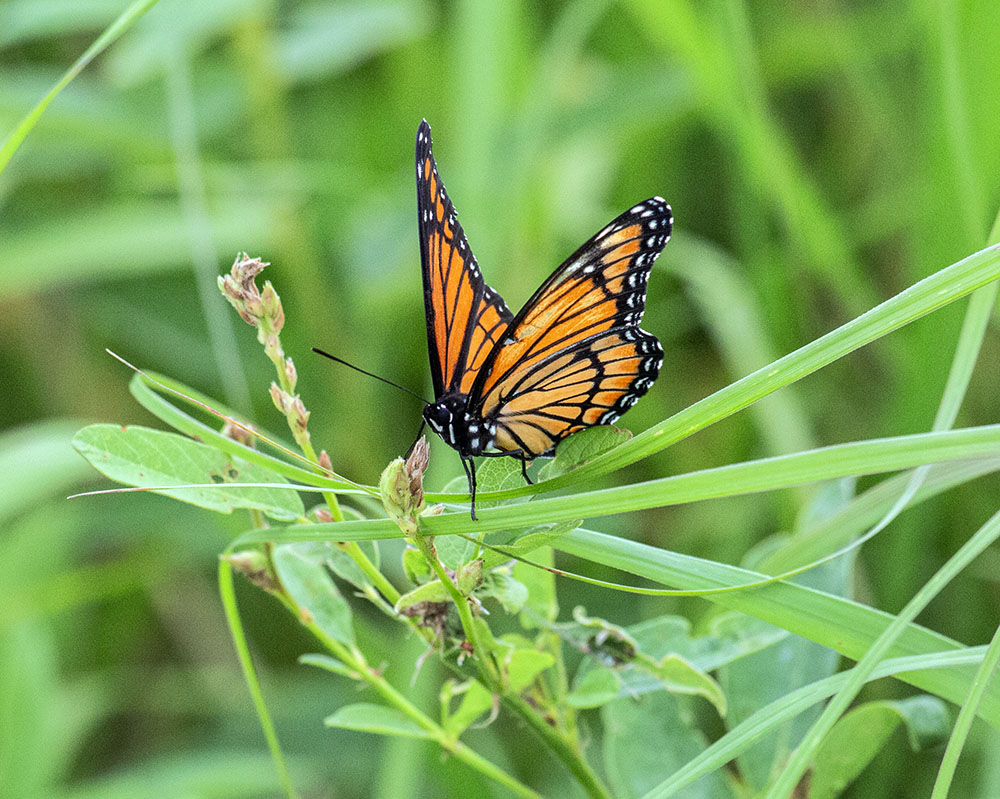
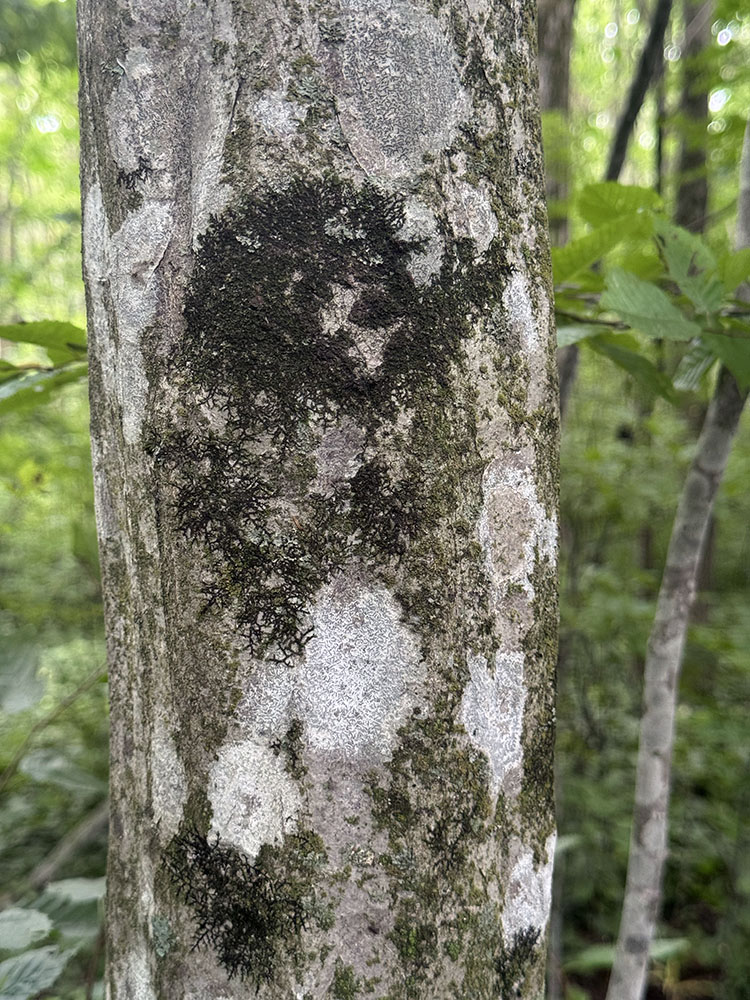
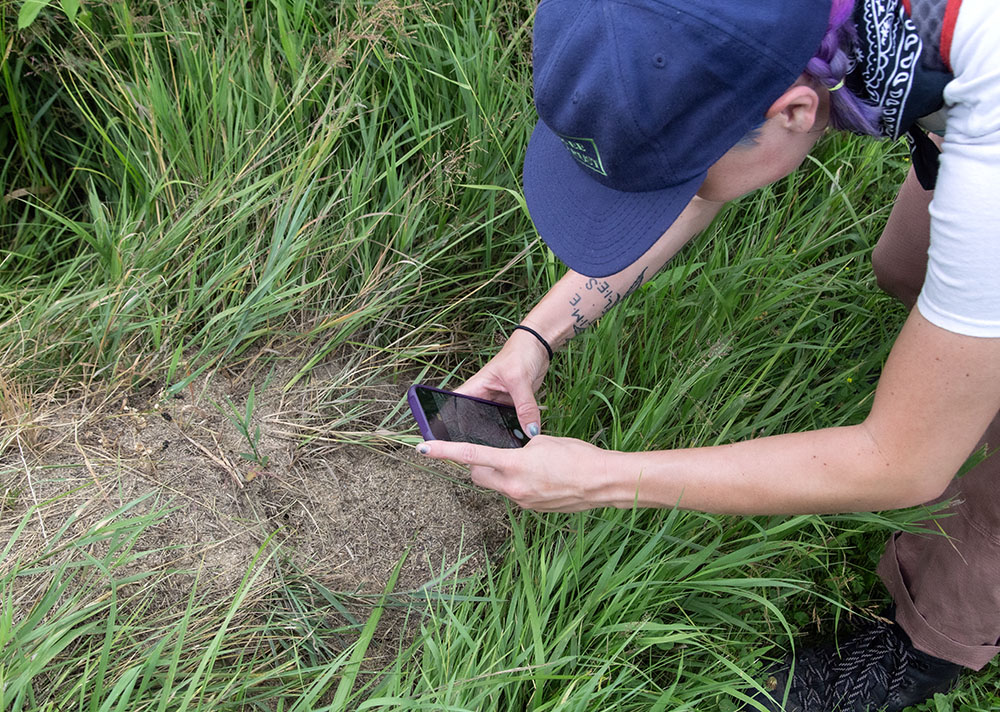
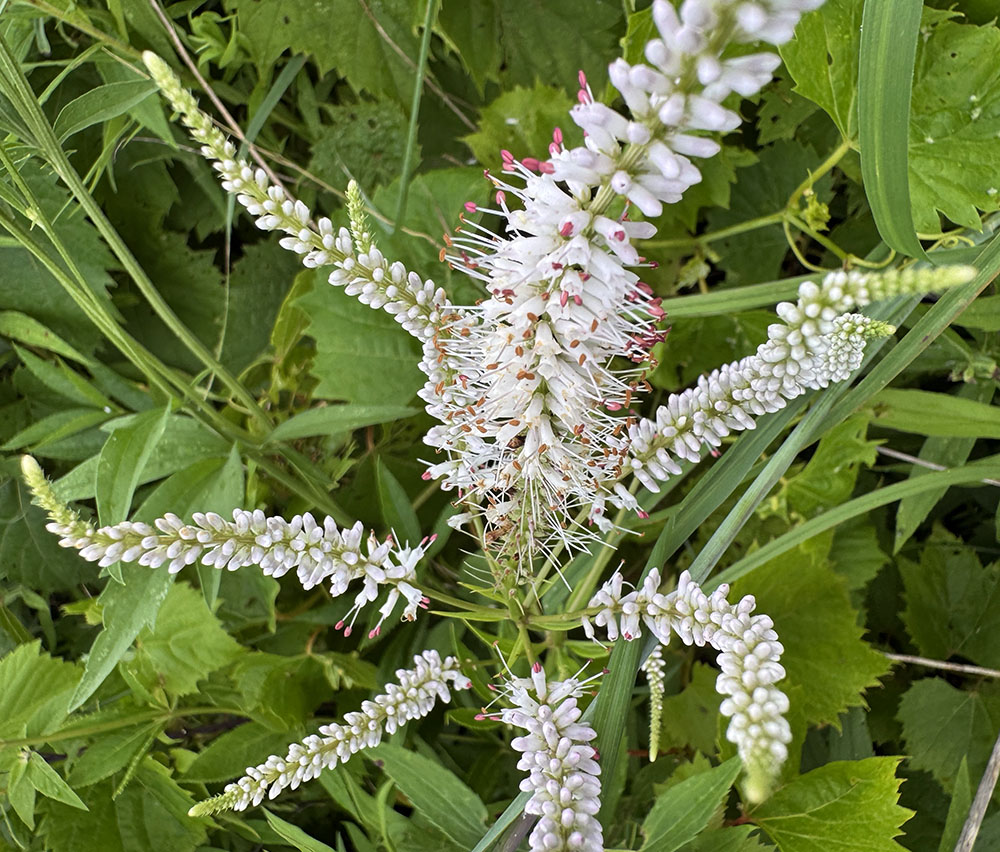
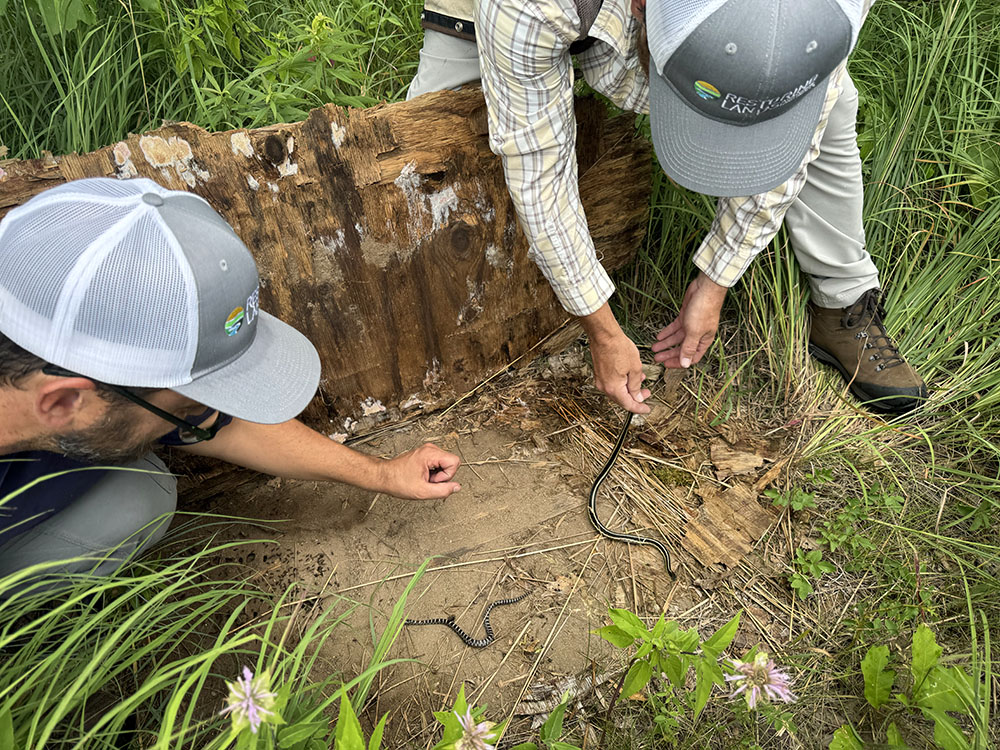
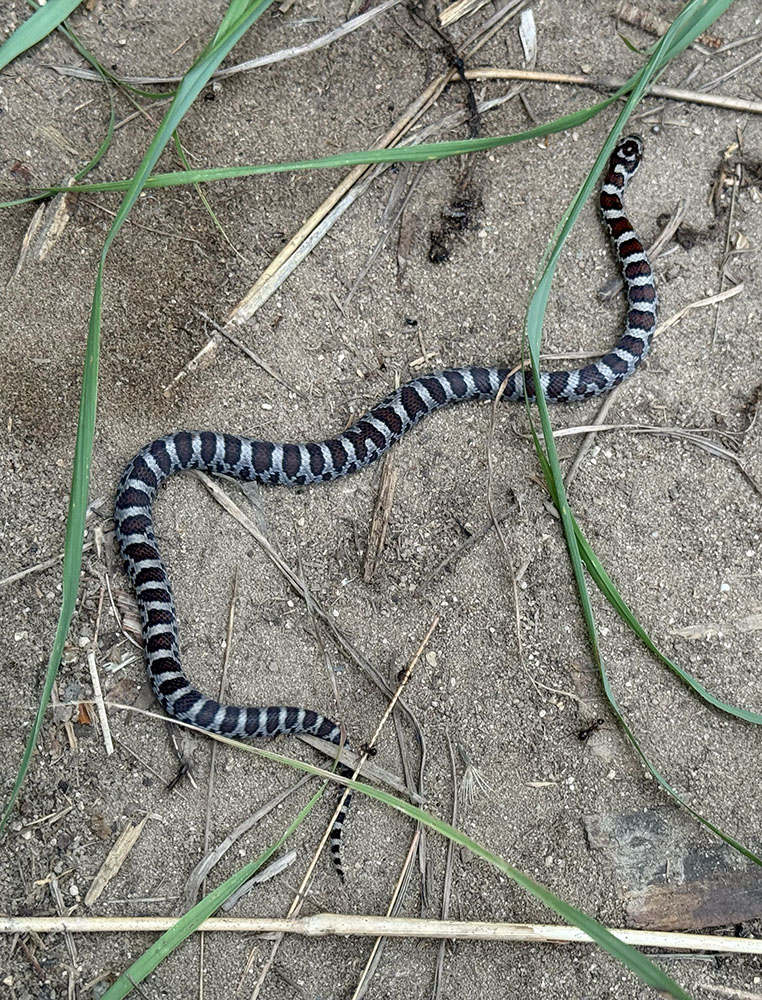
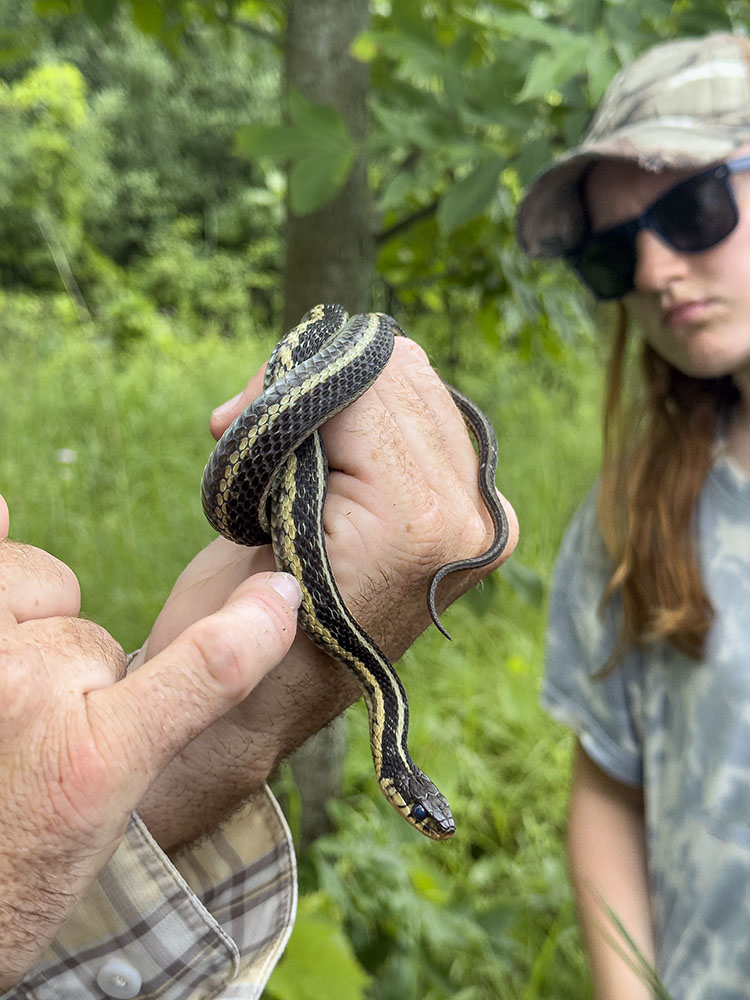
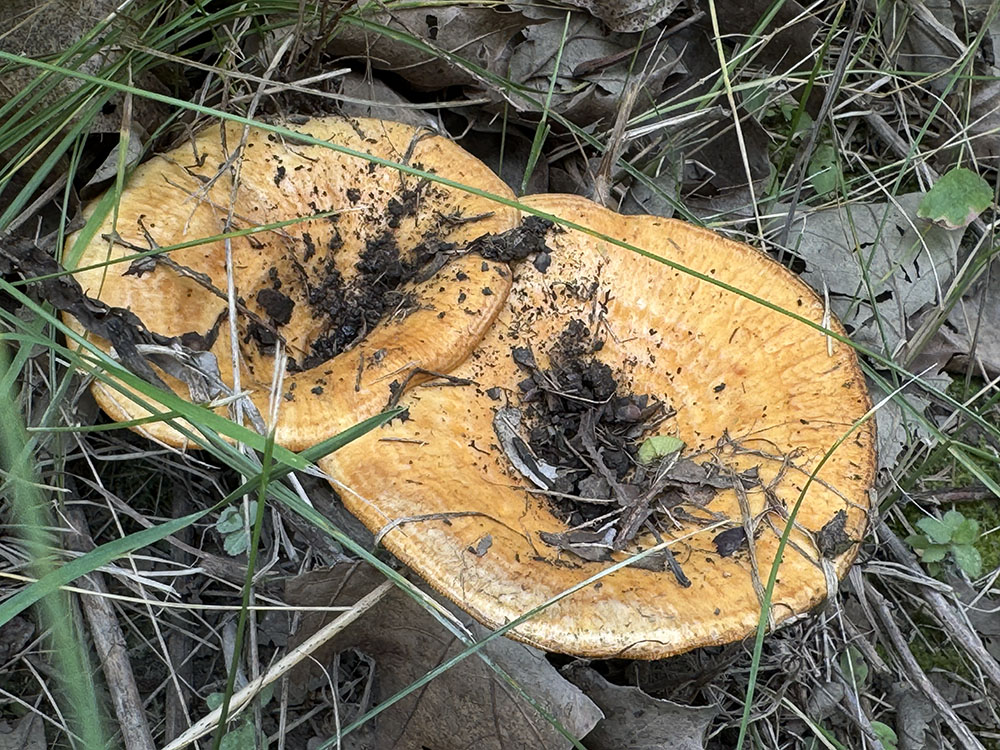
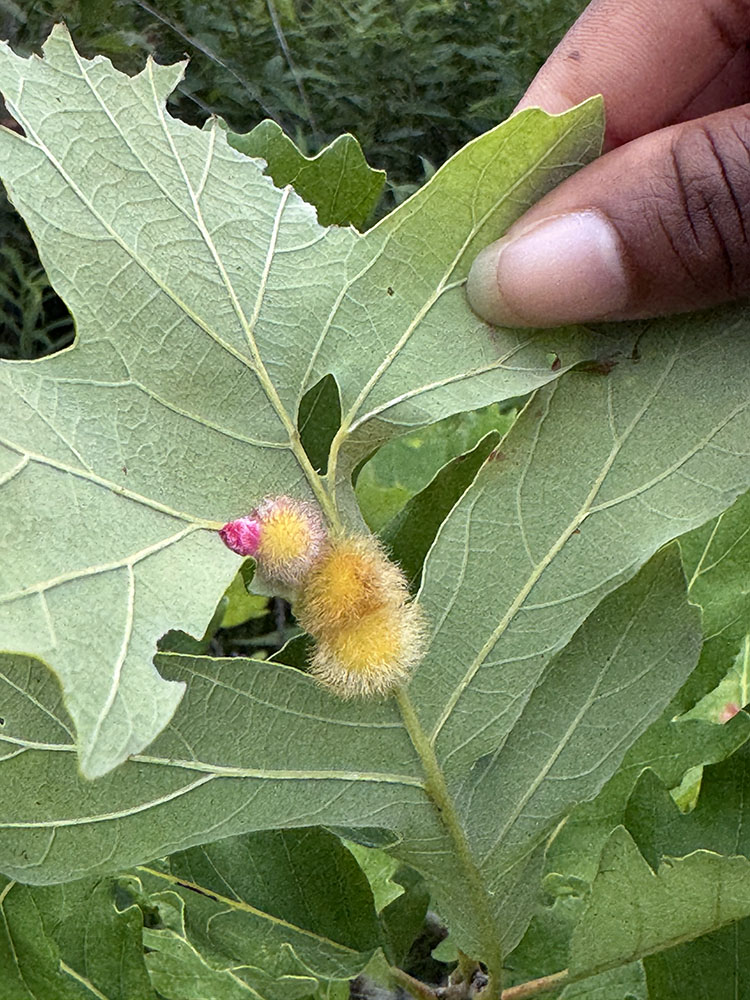
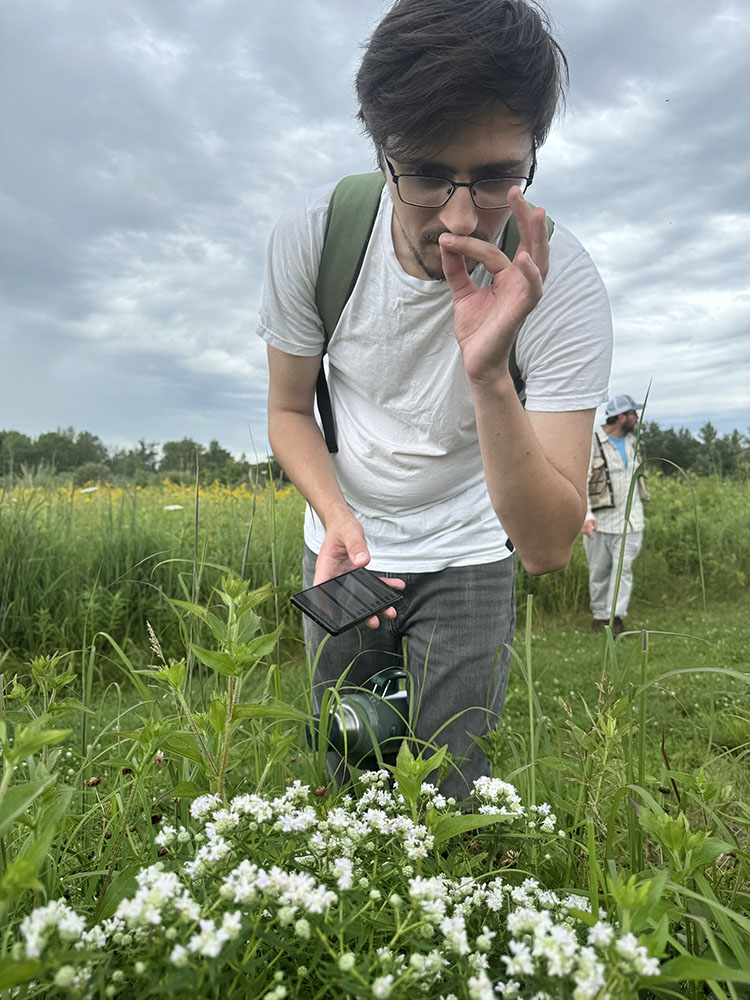
Note on the photography: The images that accompany this story are intended to represent the variety of species recorded, but are far from a complete record. Additional photos by Eddee Daniel can be seen in a Flickr album about the BioBlitz.
For a much more thorough account of the Fellenz Woods BioBlitz, including itemized listings of recorded species, maps and additional images, go to Jake Mikic’s story map website.
Related stories from The Natural Realm:
BioBlitz! Observing nature—and humans—at Mequon Nature Preserve!
Pollinator Bioblitz: How you can help save endangered pollinators!
Jake Mikic is a graduate of the Nelson Institute for Environmental Studies at University of Wisconsin – Madison. Eddee Daniel is a board member of Preserve Our Parks. Restoring Lands is a project partner of A Wealth of Nature.
About Preserve Our Parks
Preserve Our Parks, Inc. is an independent nonprofit organization dedicated to the preservation of parks and green spaces. Our mission: To advocate for and promote Milwaukee area parks and open spaces and to strive to protect the tenets of Wisconsin’s Public Trust Doctrine.
For more than 25 years, we have been a leader in advocating for the protection of Milwaukee County park lands, halting many proposals to develop, privatize, or sell local parkland and lakefront spaces. More information about POP, including past accomplishments, is available at www.preserveourparks.org.

